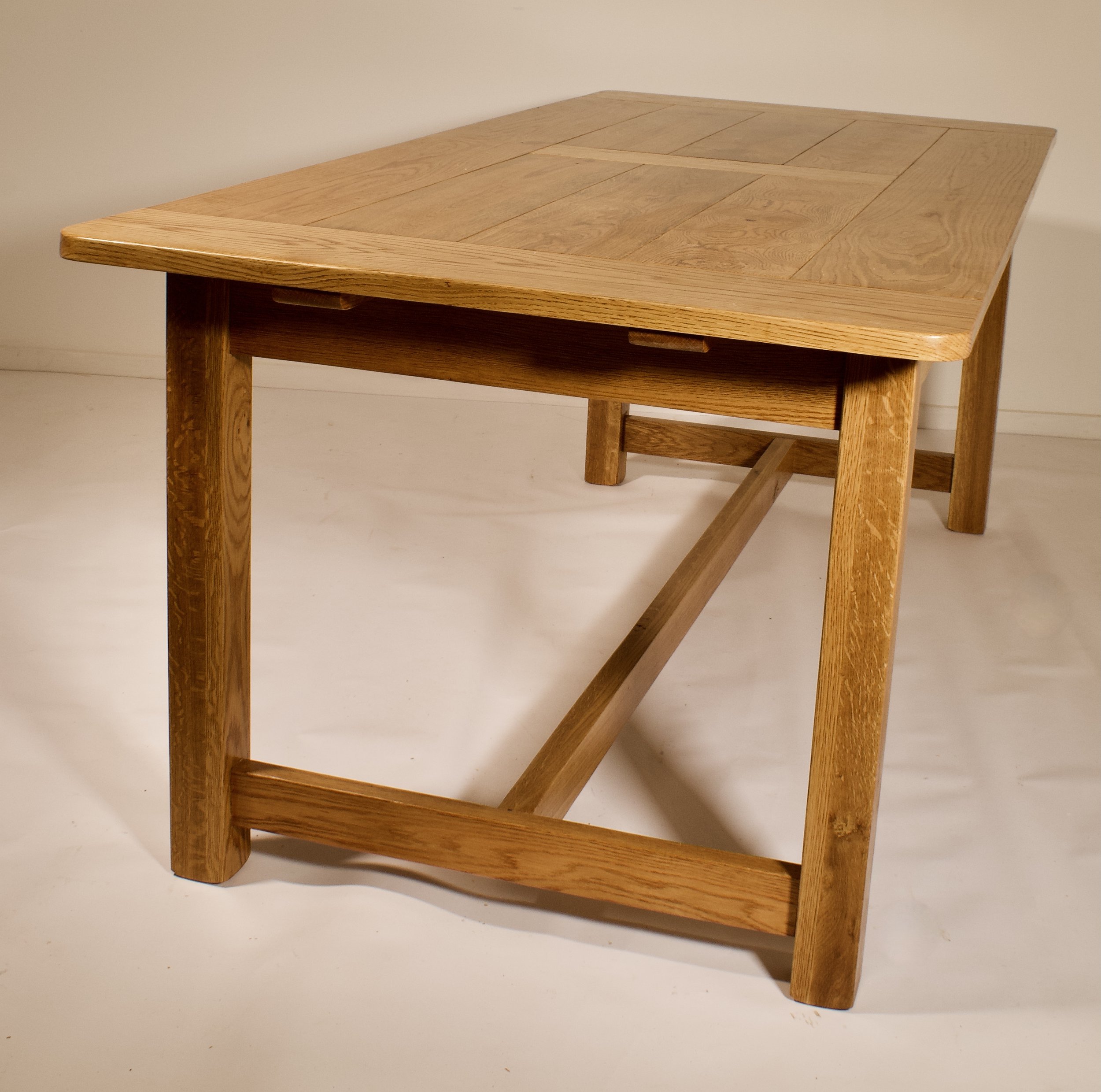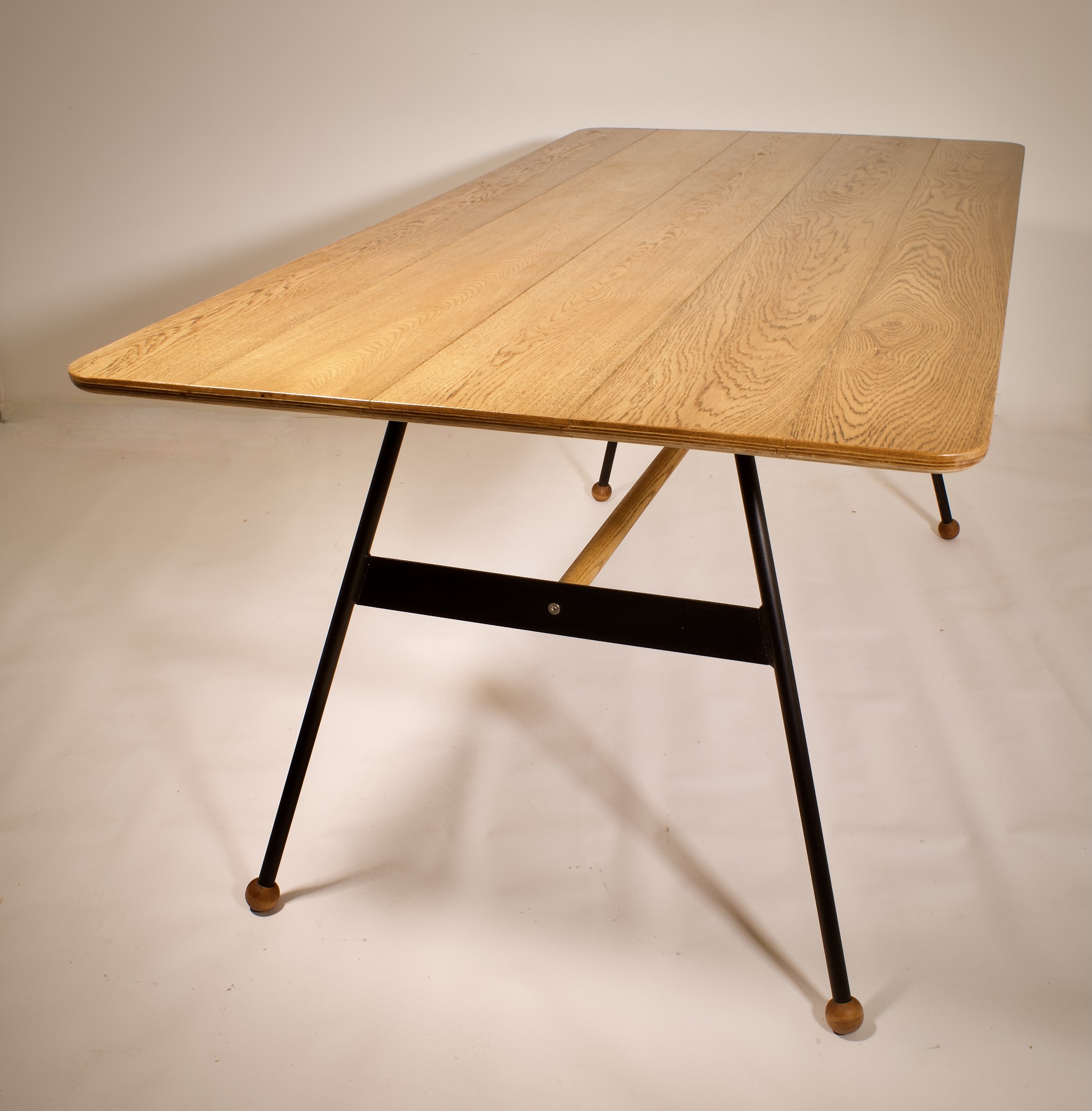I must have made hundreds of tables over the years.
The type of tables I always enjoyed designing and making are the so called farmhouse tables.
I lived in France for a year about 15 years ago and I became aware that culinary entertaining with friends and family is regarded as an integral part of life.
The long Farmhouse tables often used for this purpose had so much character they just symbolised
a way of life steeped in tradition.
The New Zealand way of living is not dissimilar in many ways and with fresh food and good wine in abundance kiwis are fortunate to enjoy the finer things in life.
It feels good that these tables are there to give people a sense of togetherness and purpose.
I make these Farmhouse tables in a variety of designs using rusticated oak planks.
A multitude of finishes are on offer to coincide with your decor.
In my studio in Oratia I have examples on display to show you all the options on offer.
My studio is open on Saturdays from 10 till 3 or by appointment.







